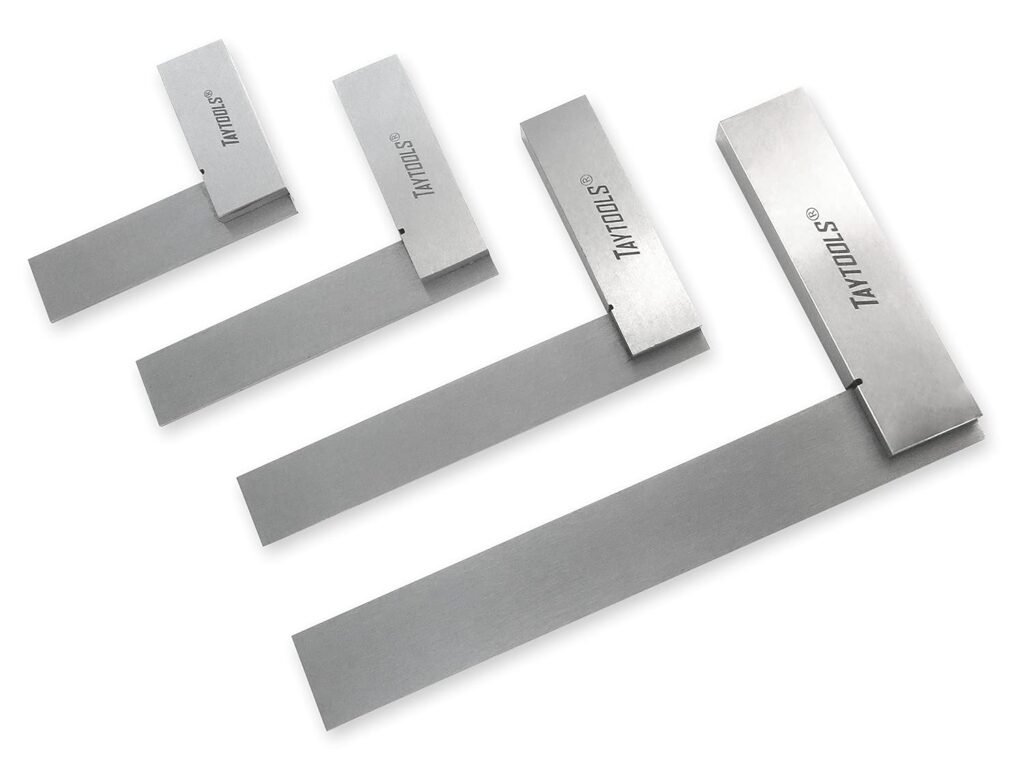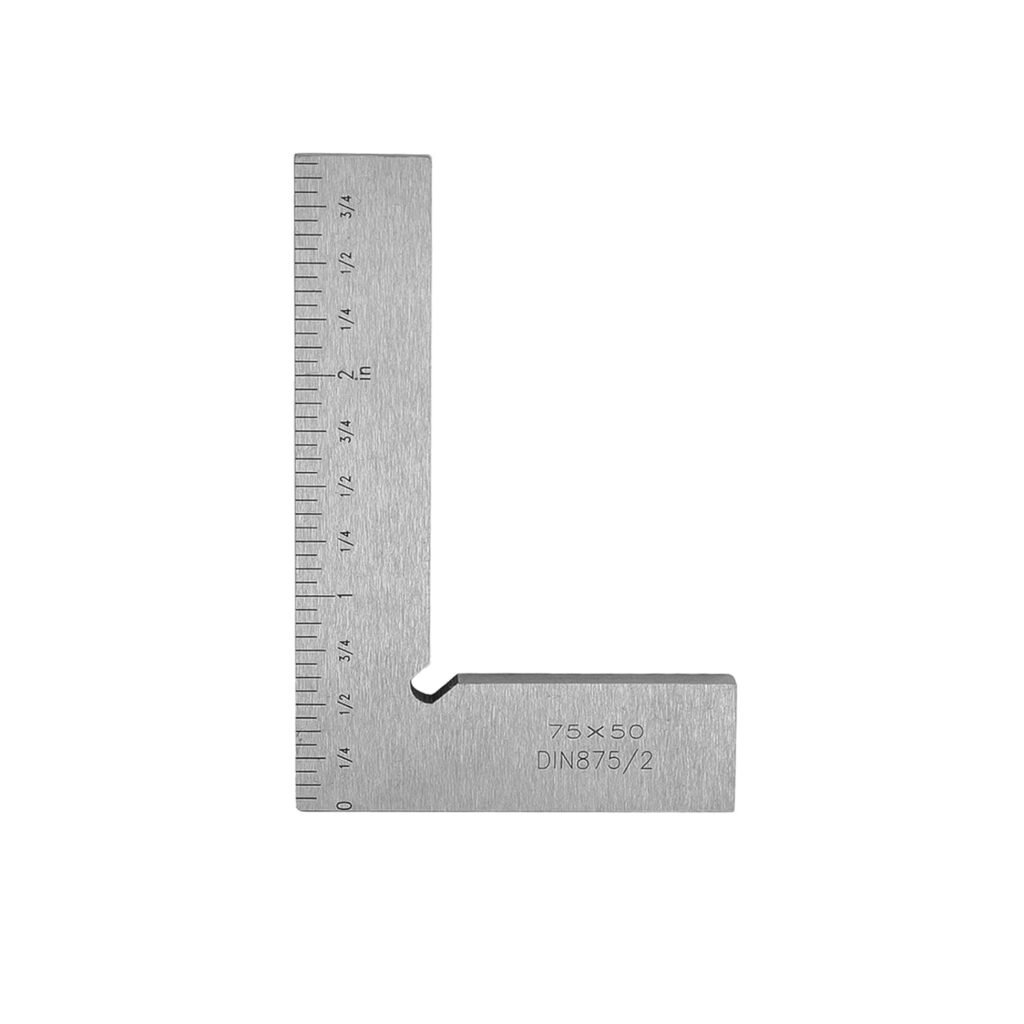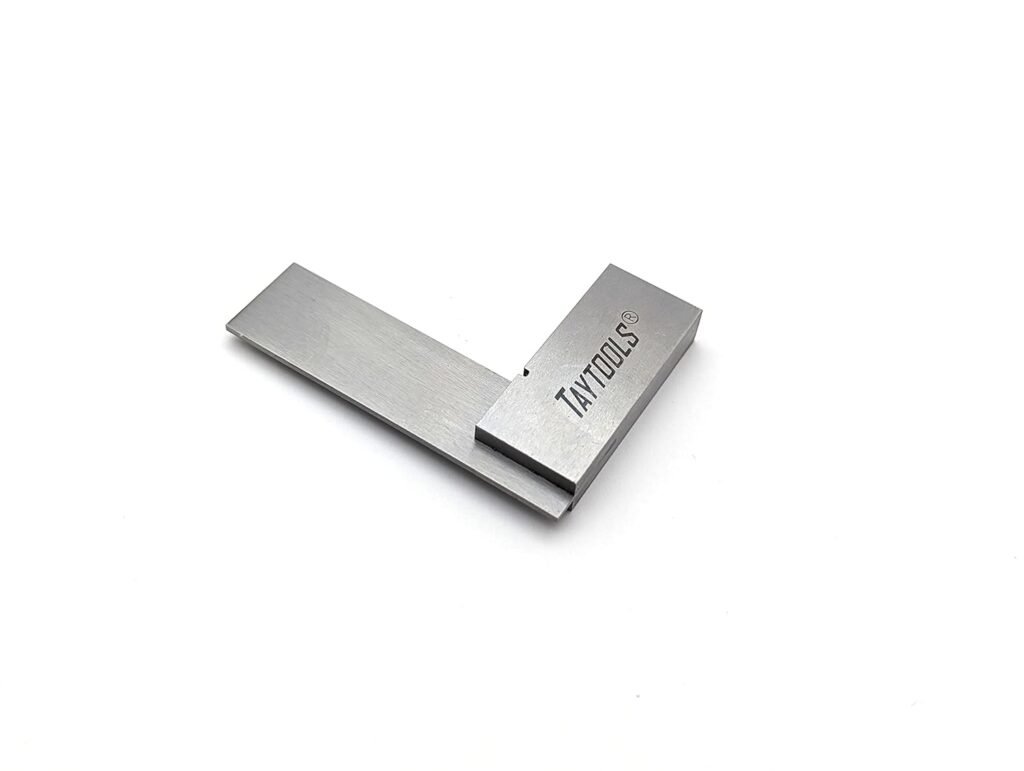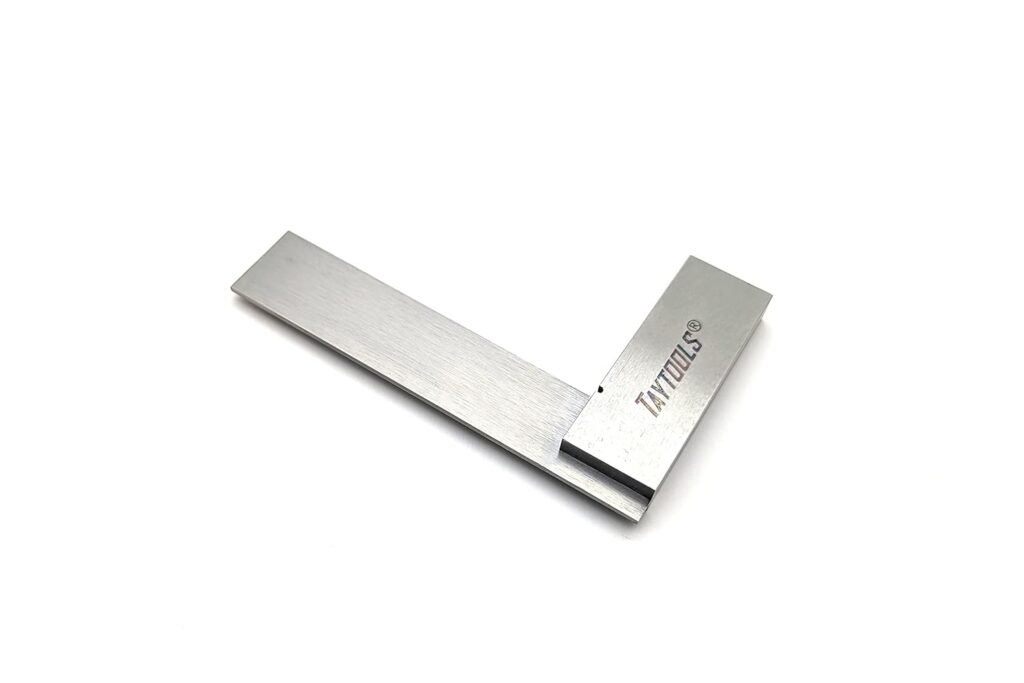Clicking on Amazon Services LLC Associates Program links on our site may earn us a commission. We provide unbiased overview of products and your support keeps us honest and objective. Thank you for helping us continue our work. Learn More →
Engineers Squares
top picks
What’s in the Toolbox
tool
features
options

Option 1
1 PACK (776629)
(1) 70mm (2-3/4”), 95mm (3-3/4”), 120mm (4-3/4”) and 170mm (6-3/4”) Engineers Machinist Squares 4 Piece Set with an Accurate to 0.02mm (0.001”)

Option 1
1 PACK
(1) 75×50×5mm / 2.95″×1.97″×0.19″ (LWT) Engineer Machinist Square Right Angle with Metric and Imperial Measurements
Option 2
1 PACK
(1) 100×70×5.2mm / 3.94″×2.75″×0.2″ (LWT) Engineer Machinist Square Right Angle with Metric and Imperial Measurements
Option 3
1 PACK
(1) 150×100×5.3mm / 5.9″×3.94″×0.2″ (LWT) Engineer Machinist Square Right Angle, with Metric and Imperial Measurements
a Tool for Every Job

Engineers squares also known as machinist squares or precision squares are fundamental tools in various trades projects. These devices are required for ensuring accuracy and precision in tasks that require exact right angles. Made typically from hardened steel, engineers squares feature a blade and a stock that are machined to maintain a true 90-degree angle. This precision is crucial in metalworking, carpentry and other trades where the accuracy of angles directly impacts the quality and functionality of the finished product.
Its reliability and precision allow for the accurate marking and verification of right angles which is essential in the fabrication and assembly of parts. Whether aligning machinery checking the squareness of components or setting up equipment, tradespersons rely on the engineers square to ensure that every part fits perfectly. This tool’s precision can mean the difference between a smoothly running machine and one that is prone to errors and malfunctions.
An engineers square brings a professional level of accuracy to home projects as well. When building furniture, installing cabinetry or undertaking any project that requires precise cuts and joints an engineers square ensures that every angle is true. This accuracy not only enhances the aesthetic appeal of the work but also its structural integrity. With an engineers square, being a tradesperson or DIYer you can confidently tackle complex projects knowing that their measurements and cuts will be precise leading to better fitting components and rewarding results.
BUYERS GUIDE
Engineers Squares
Material and Build Quality:
When purchasing an engineers square the material and build quality are very important. Look for squares made from high grade steel often stainless or hardened steel which ensures durability and resistance to wear. The precision of the machining process used to create the blade and stock is critical as it determines the tool’s accuracy. Well machined surfaces with a smooth finish are indicative of high quality squares. Avoid cheaper materials like aluminum or plastic, as they may not provide the same level of precision or longevity.
Accuracy and Precision:
Accuracy is the defining characteristic of a good engineers square. Ensure the square adheres to a recognized standard such as BS 939 or DIN 875 which guarantees its precision. The blade and stock should form a true 90-degree angle with minimal tolerance for error. High quality squares often come with a certificate of accuracy providing assurance of their precision. For tradespersons this level of accuracy is non negotiable as it directly impacts the quality of their work.
Size and Versatility:
Engineers squares come in various sizes typically ranging from small 100mm (2”) to large 300mm (12”) or more. The size you choose should depend on the nature of your work. Smaller squares are ideal for intricate detailed tasks while larger squares are better suited for bigger projects. Consider purchasing a set that includes multiple sizes to cover a wider range of applications. Versatility is important as it allows you to use the same tool for different types of tasks enhancing its value.
Ease of Use and Ergonomics:
A well designed engineers square should be comfortable to handle and easy to use. Look for features such as a beveled edge on the blade which allows for precise marking and a stock that fits comfortably in your hand. The square should be balanced and not too heavy which makes it easier to maneuver and position accurately. Ergonomics play a crucial role especially during extended use so consider how the tool feels during handling.
Brand Reputation and Reviews:
Reputable brands are more likely to produce high quality engineers squares. Companies with a long history in manufacturing precision tools tend to maintain higher standards and offer better customer support. Reading reviews and seeking recommendations from other tradespersons or DIYers can provide valuable insights into the performance and reliability of different squares. Investing in a well known trusted brand can save you from the frustration of dealing with inferior tools.
Price and Value for Money:
While it’s important to stick to your budget remember that quality often comes at a higher price. Cheaper squares might save you money upfront but they can cost more in the long run due to their lack of precision and durability. Consider the long term value of the tool. A more expensive high quality square will likely provide better accuracy, last longer and contribute to the overall quality of your work.
Additional Features:
Some engineers squares come with additional features that can enhance their functionality. Look for squares with etched or engraved measurement markings on the blade which can be useful for quick measurements and layout work. Some models also include a level vial integrated into the stock providing an extra tool for ensuring surfaces are level. These additional features can make the engineers square more versatile and useful for a variety of tasks adding value to your purchase.
Compatibility with Other Tools:
Consider how the engineers square will integrate with your existing toolset. Compatibility with other measuring and marking tools can streamline your workflow and improve efficiency. For example, a square with a blade thickness that matches your marking gauge or scribing tool will make marking more precise and easier. Ensure that the engineers square can be easily used in conjunction with other tools you commonly use enhancing its utility in your toolbox.



